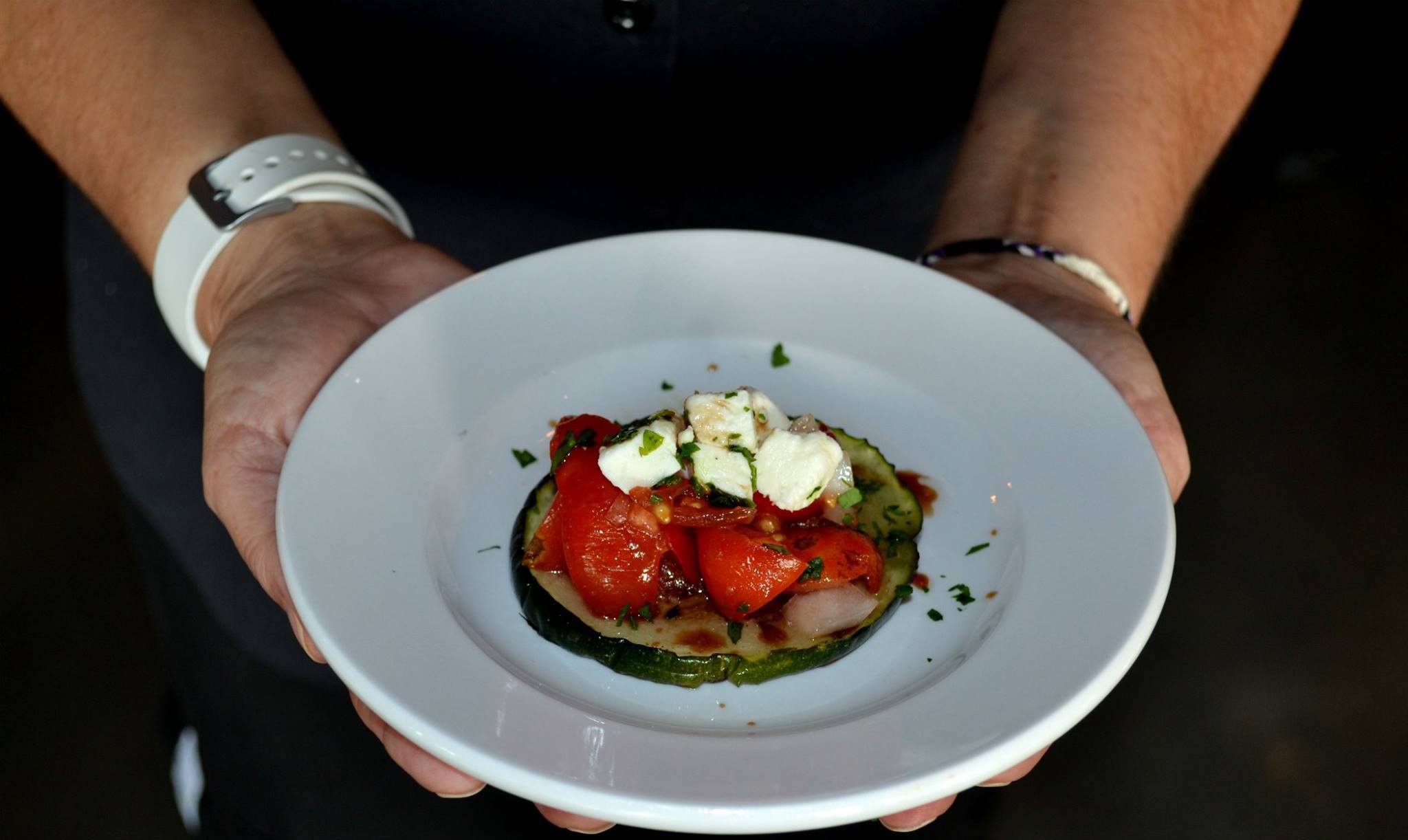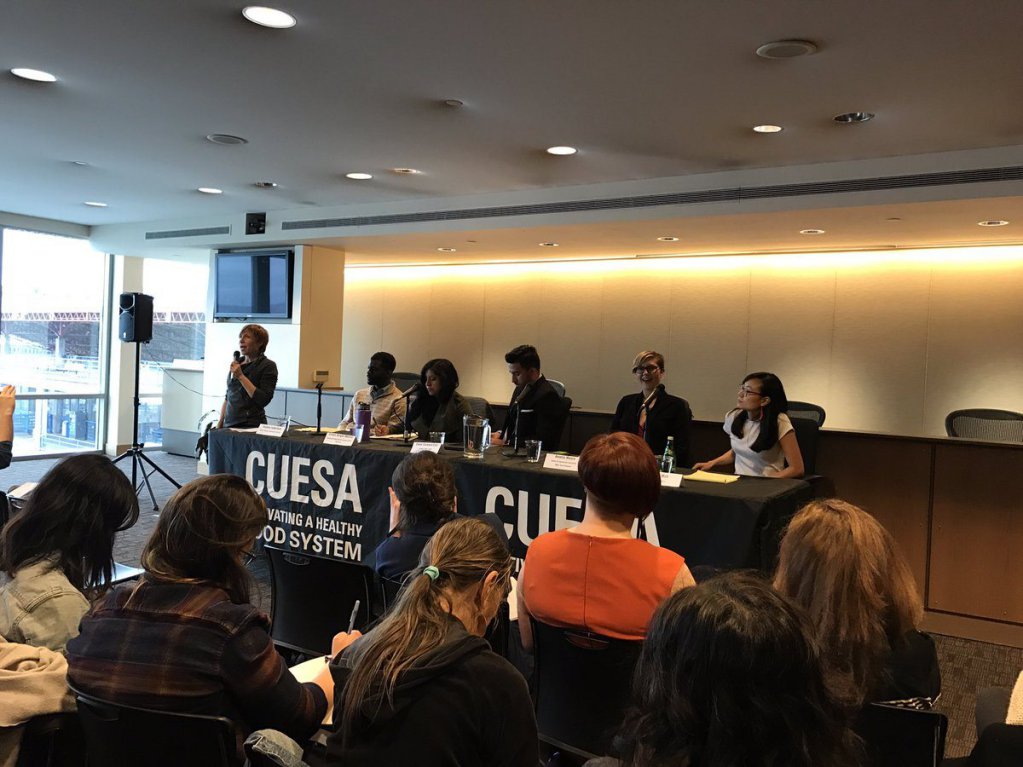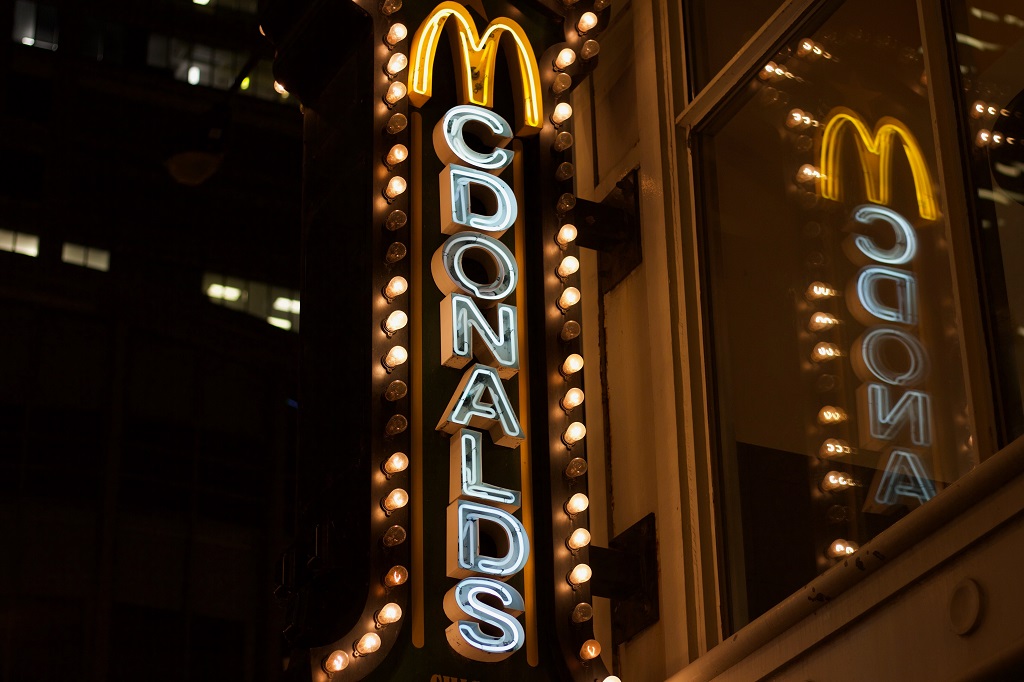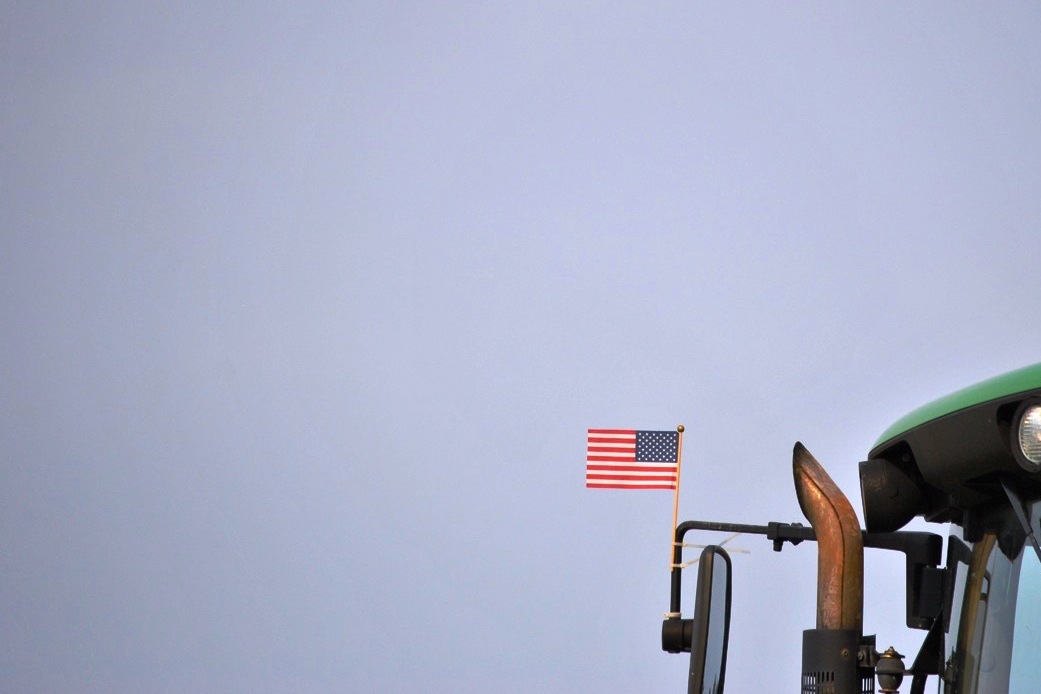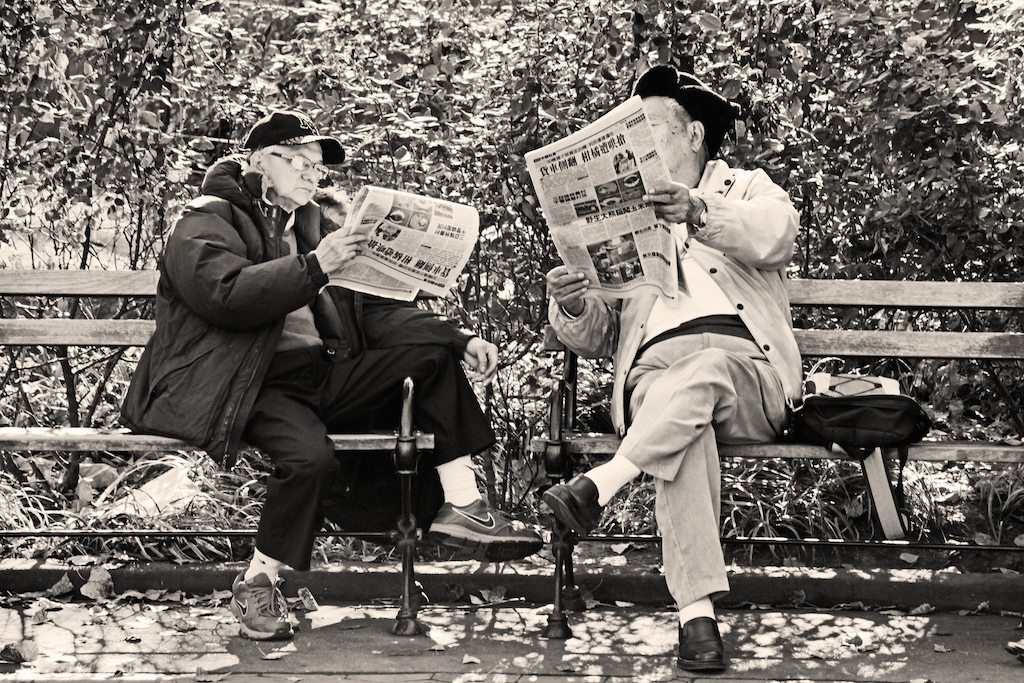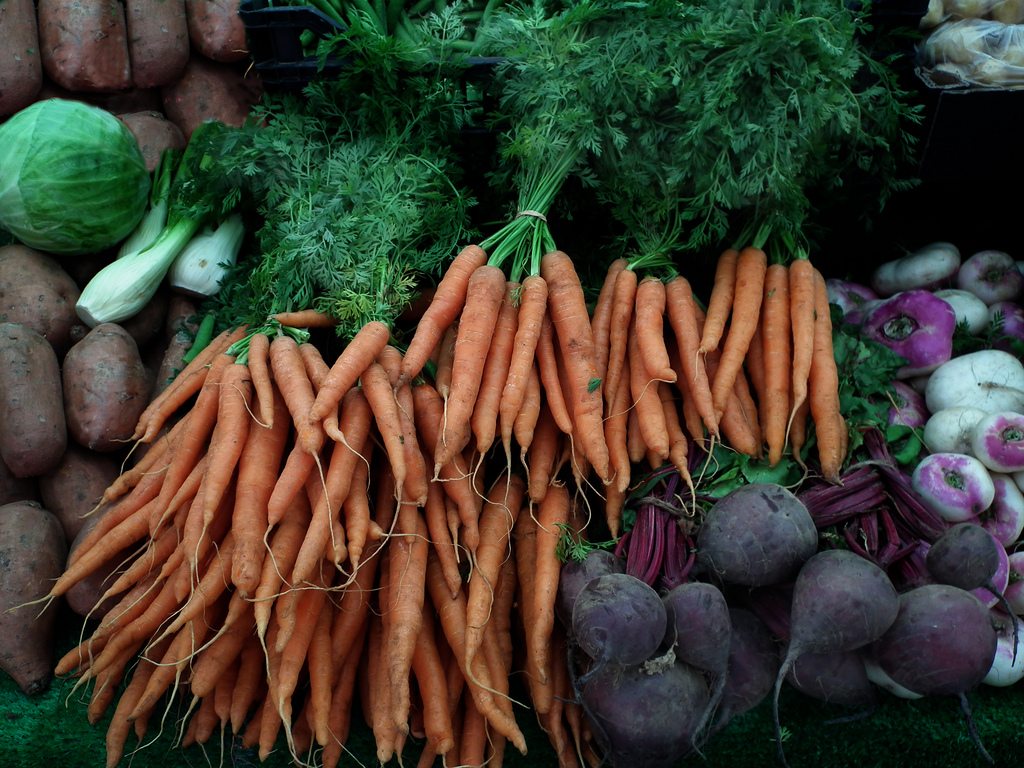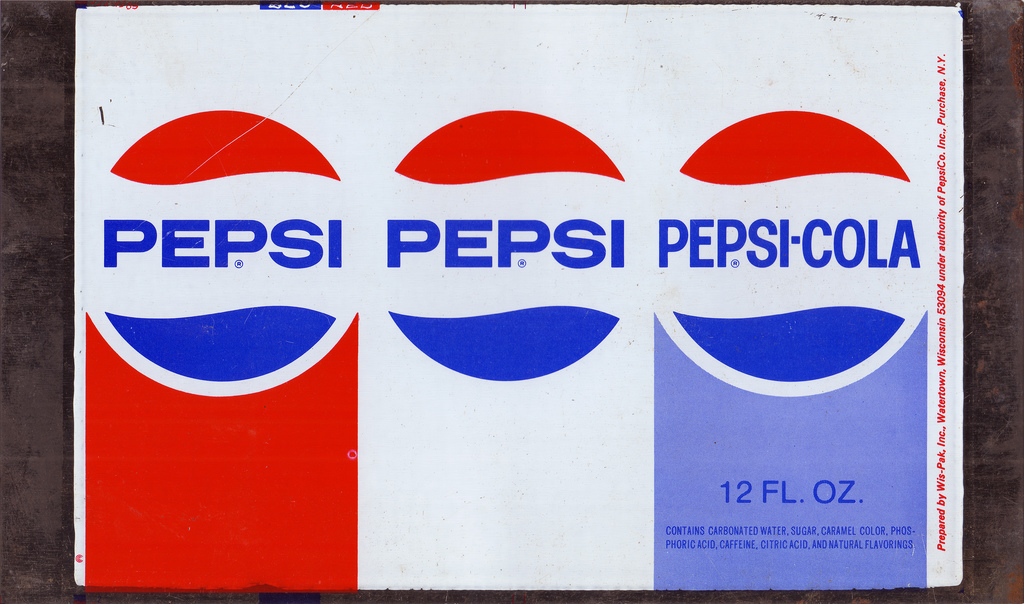Food lab fallacies. The Food and Brand Lab at Cornell University has an airy, overly earnest Twitter feed that tends to hover just shy of relevance. While President Trump prefers tweeting in all caps, the lab promotes leafy greens: “Vegetables make the cook seem ‘heroic’—loving, thoughtful, and selfless.” While #Russia trends for ten straight days, the lab advocates self-care: “The better your mood, the better you eat.” And when the Oscar ceremony devolved in an unprecedented fashion, the lab tweeted out a reminder not to eat our feelings when we finally watch Manchester by the Sea (“People eat more while watching sad movies than other movies, possibly to compensate for sadness”). It’s so tender and odd, it’s hard to tell if it knows it’s funny.
That’s why Jesse Singal’s piece for New York magazine, “Cornell’s Food and Brand Lab Appears to be Melting Down,” is especially jarring. What could possibly go wrong at the famous, food-focused behavioral science center that gently cautions against too generous a pour on #WineWednesdays? (Turns out, you’re likely to serve yourself about nine percent more white than red because you can’t see it as well).
It all started a few months back, when the lab’s director Brian Wansink published a blog post that raised eyebrows among his colleagues. In the post, he talked about giving a data set from “a failed study with null results” on all-you-can-eat buffets to a student, who was then able to conjure sufficient takeaways to publish four papers, seemingly out of thin air. In his piece, Singal explains why such “slicing and dicing” of data isn’t usually encouraged: “The sort of fishing expedition Wansink described is very likely to lead to false-positive results …. [I]f you analyze enough data from enough angles, you will discover relationships that are ‘significant’.”
Other researchers felt the same way. A trio of scientists found 150 inconsistencies in the data in four of the papers Wansink bragged about and co-authored. A call to release the raw data behind these four articles went unheeded. It all looked really bad, both for the lab and for the four journals that published the erroneous papers. (Singal’s first piece about the dustup is available here.) Wansink has since issued a press release indicating that he plans to rerun the data and alert the journals of any changes in results.
Singal followed up Thursday morning on his initial reporting, with an update that doesn’t help Wansink’s case at all: Nick Brown, a Ph.D. student at University of Groningen, published a blog post Thursday that shed light on questionable practices in Wansink’s papers that had nothing to do with slicing and dicing data. Most notably, Brown’s findings seemed to indicate that Wansink repurposed some of his own work for multiple publications. Brown’s post highlights duplicate passages that appeared in different research articles at different times, a practice Singal says is frowned upon. It all seems to indicate either a very consistent writing style or a bit of self-plagiarism.
So do we really pour more white than red? And what about eating better when we feel better? Wansink and Cornell will likely have to respond to Brown’s allegations. Here’s hoping that after the fallout, vegetables will still make the cook seem selfless.


